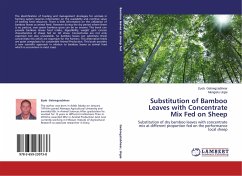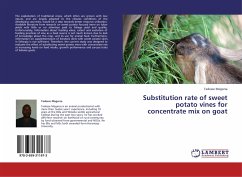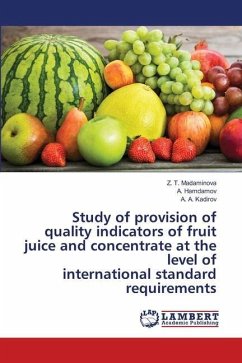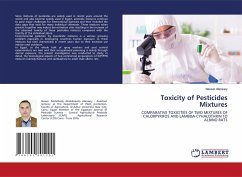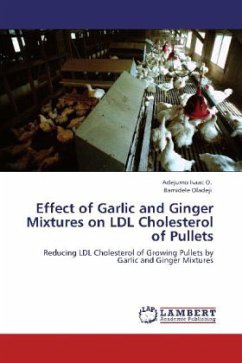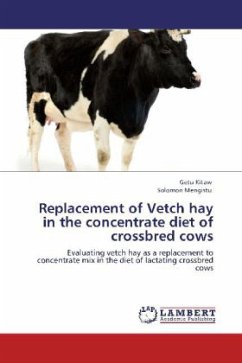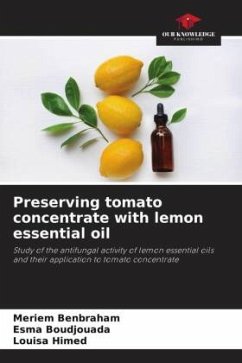
Feeding Indigenous sheep with local concentrate mixtures in Ethiopia
Versandkostenfrei!
Versandfertig in 6-10 Tagen
27,99 €
inkl. MwSt.

PAYBACK Punkte
14 °P sammeln!
In Ethiopia, especially in the current study area, the land available for natural grazing and forage production decreased due to the high demand of cropland to produce food for humans. Thus, the use of other alternative and relatively cheap feed sources such as agricultural and industrial by-products should be investigated to alleviate livestock feed shortage. Among potential agro-industrial by-products available for livestock in the present study area are noug seed cake, rice bran, and breweries dried grain and wheat bran. Rice production is currently booming in the study area and supposed to...
In Ethiopia, especially in the current study area, the land available for natural grazing and forage production decreased due to the high demand of cropland to produce food for humans. Thus, the use of other alternative and relatively cheap feed sources such as agricultural and industrial by-products should be investigated to alleviate livestock feed shortage. Among potential agro-industrial by-products available for livestock in the present study area are noug seed cake, rice bran, and breweries dried grain and wheat bran. Rice production is currently booming in the study area and supposed to bring food security at least in for local level. While the rice grain is a helping hand for food security, the by-product of rice milling, rice bran, is also expected to make better the feed shortage as long as better utilization strategies are applied for such kind of crop residues through the integration of knowledge of smallholder producers.



